Mozaik cabinet software full cracked free download
Mozaik is a powerful cabinet design software that allows you to create detailed 3D models of kitchens, bathrooms, closets, and other spaces. It’s a popular choice for both professional cabinet makers and DIY enthusiasts.
This guide will walk you through the essential steps of using Mozaik cabinet software, from initial setup to creating a stunning final design.
Step 1: Installation and Setup
Download and install: Visit the Mozaik website and download the latest version of the software. Follow the installation instructions provided.
Create a new project: Once installed, launch Mozaik and create a new project. You can choose from various templates or start from scratch.
Import floor plan: If you have a floor plan, you can import it into Mozaik. This will help you accurately represent the space you’re designing.
Step 2: Defining the Space
Draw walls and dimensions: Use the drawing tools to create the walls of your space. Enter accurate dimensions for each wall to ensure your design is to scale.
Add windows and doors: Place windows and doors in the appropriate locations, specifying their sizes and types.
Set floor level: Define the floor level of your space. This is important for accurate placement of cabinets and other elements.
Step 3: Cabinet Selection and Placement
Choose cabinet styles: Mozaik offers a wide range of cabinet styles, materials, and finishes. Browse the library and select the ones that fit your design vision.
Place cabinets: Drag and drop cabinets from the library into your design. Position them according to your layout and adjust their dimensions as needed.
Add accessories: Mozaik includes a variety of accessories like drawers, shelves, and hardware. Add these to your cabinets to customize their functionality.
Step 4: Design Refinement
Adjust cabinet heights and depths: Fine-tune the dimensions of your cabinets to ensure they fit perfectly in the space.
Add countertops and backsplashes: Choose from a variety of countertop and backsplash materials and styles to complete your design.
Incorporate appliances: Place appliances like refrigerators, ovens, and dishwashers in the appropriate locations.
Step 5: Visualize and Customize
3D preview: Use the 3D preview mode to visualize your design from different angles. This allows you to see how everything fits together.
Material and color selection: Choose from a vast library of materials and colors to customize your cabinets, countertops, and other elements.
Lighting and textures: Add lighting to your design to enhance the visual appeal and apply realistic textures to surfaces.
Step 6: Finalizing and Sharing
Generate reports: Mozaik allows you to generate reports with detailed measurements, material lists, and pricing information.
Create photorealistic renderings: Use the rendering feature to create high-quality images of your design that can be shared with clients or used for marketing purposes.
Export your design: Export your design in various formats, including PDF, DWG, and 3DS, for further use or sharing.
Tips for Using Mozaik:
Explore the tutorials: Mozaik offers comprehensive tutorials and documentation to help you learn the software.
Use the online community: Join the Mozaik community forum to connect with other users, ask questions, and share your designs.
Practice and experiment: The best way to master Mozaik is to practice and experiment with different features and techniques.
By following these steps and utilizing the resources available, you can effectively use Mozaik cabinet software to design stunning and functional kitchen, bathroom, and closet spaces.
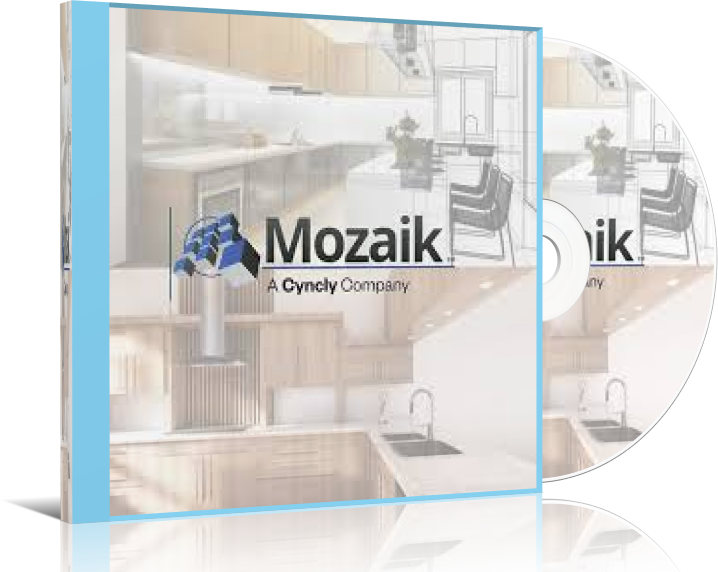
Features and Benefits
Mozaik Cabinet Software offers a wide range of features that can streamline your design process and unlock your creative potential. Some of the key features include:
- 3D Modeling: Mozaik’s advanced 3D modeling tools allow you to create intricate cabinet designs, complete with accurate dimensions, materials, and textures.
- Customization: The software offers a vast library of pre-designed elements, including doors, drawers, and hardware, allowing you to customize your cabinets to your exact specifications.
- Visualization: With Mozaik’s powerful visualization tools, you can see your designs come to life in stunning 3D, complete with realistic lighting and materials.
- Collaboration: The software supports collaborative design workflows, enabling you to work with your team members in real-time and streamline the design process.
- Automatic Generation: Mozaik’s advanced algorithms can automatically generate cabinet layouts based on your design parameters, saving you time and effort.
Technical Specifications:
Version: 2.7.0
Interface Language: English, French, Spanish, German, and more
Audio Language: Multi-language support
Uploader/Repacker Group: Cracked4You
File Name: Mozaik_Cabinet_Software_v2.7.0_Cracked.exe
Download Size: 350 MB
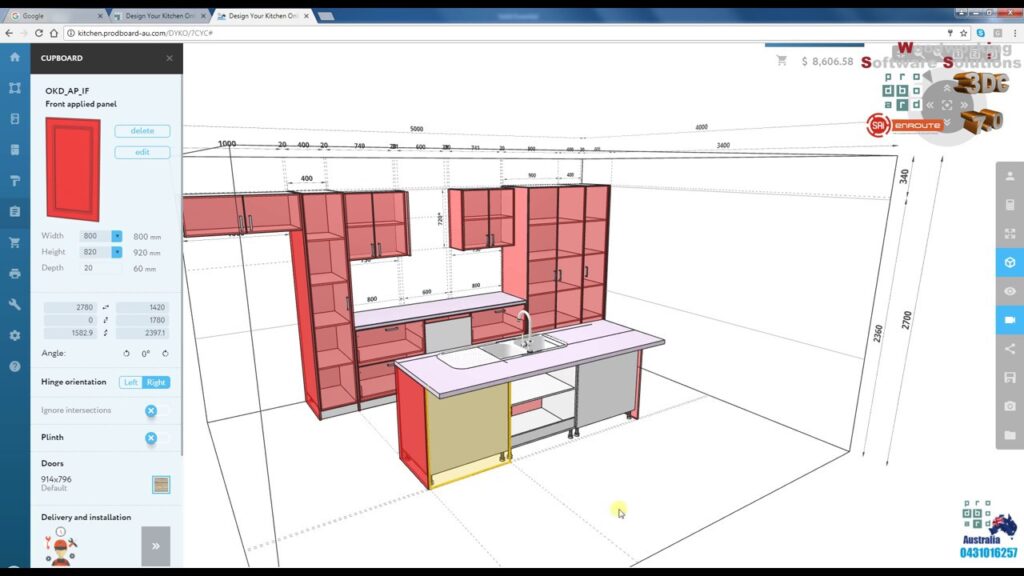
System Requirements:
Windows: Windows 10, 8.1, 8, or 7 (64-bit)
Mac: macOS 10.15 or later
Processor: Intel Core i5 or AMD Ryzen 5 or better
RAM: 8 GB or more
Storage: 10 GB of available space
Adjusting Graphics Settings:
- Launch Mozaik Cabinet Software.
- Click on the “Settings” menu.
- Navigate to the “Graphics” tab.
- Adjust the resolution, texture quality, and other settings to optimize performance on your system.
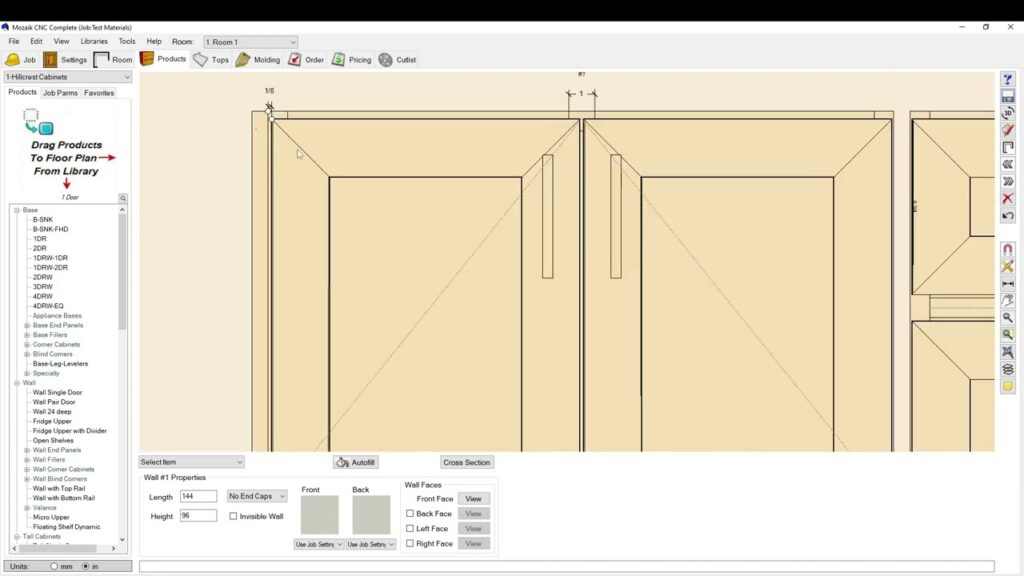
Troubleshooting Common Issues:
- If you experience any performance issues, try lowering the graphics settings or closing any running background applications.
- If you encounter any installation or launch errors, ensure that your system meets the minimum requirements and try reinstalling the software.
- For any other technical issues, refer to the Mozaik support documentation or reach out to the Cracked4You team for assistance.
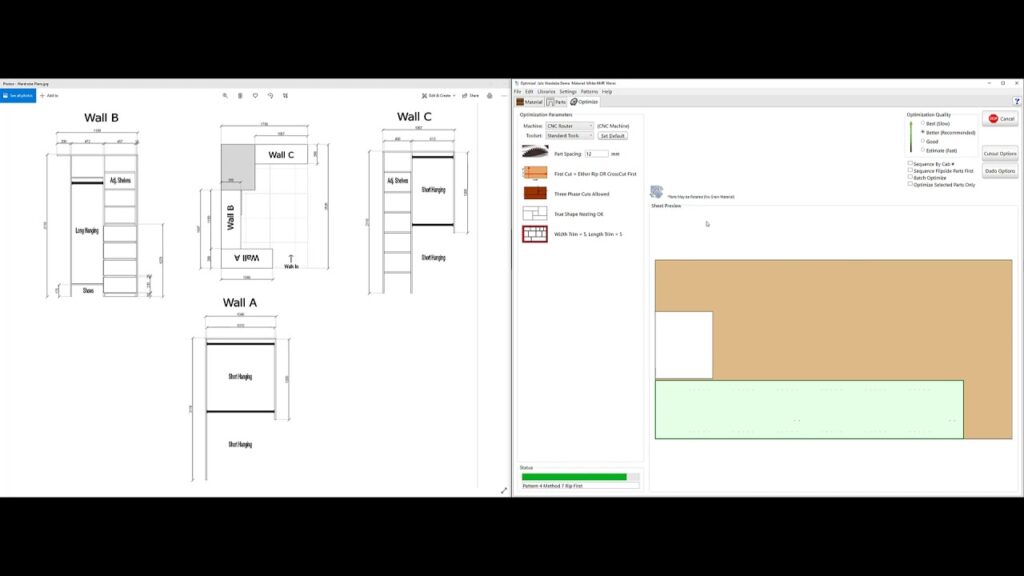
Using Mozaik Cabinet Software:
- Upon launching the software, you’ll be greeted with the main interface, which includes a variety of tools and options for designing your cabinets.
- Begin by creating a new project or opening an existing design.
- Use the 3D modeling tools to create the desired cabinet shapes, sizes, and configurations.
- Customize your design by selecting from the pre-designed elements or creating your own.
- Utilize the visualization tools to see your design in 3D and make any necessary adjustments.
- Collaborate with your team members by sharing your project files and working together in real-time.
- Finally, once you’re satisfied with your design, export it in the desired format for further processing or manufacturing.
For more information and resources, be sure to visit the following websites:
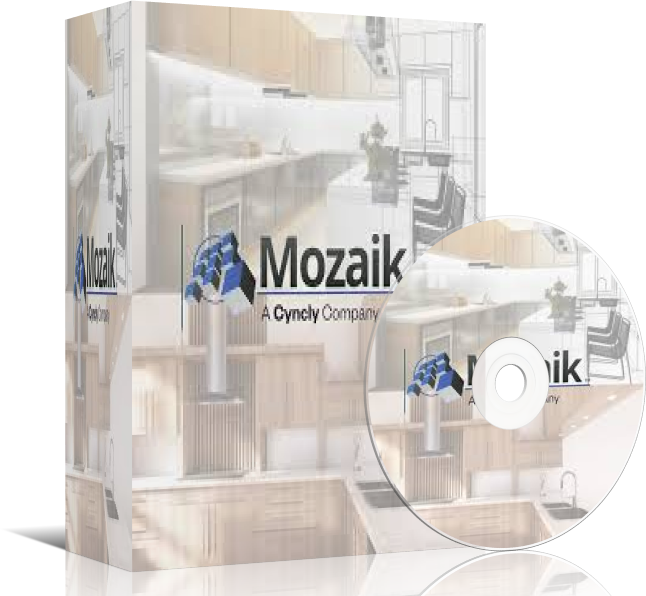
Leave a Reply